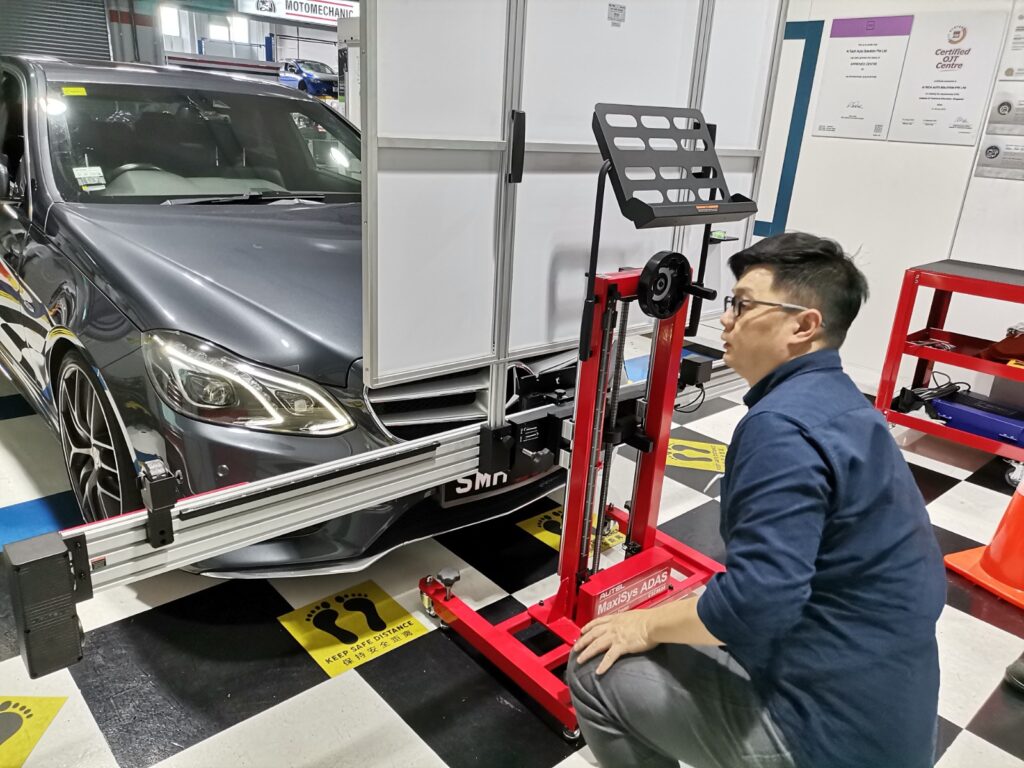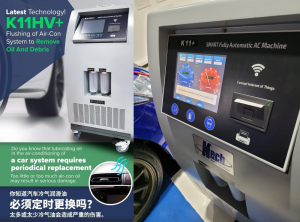Modern vehicles often come equipped with a range of Advanced Driver Assistance Systems (ADAS) features, designed to enhance safety and improve the driving experience. While the availability of specific ADAS features can vary depending on the make and model of a vehicle, here is a list of common ADAS features found in many vehicles today:
Adaptive Cruise Control (ACC)
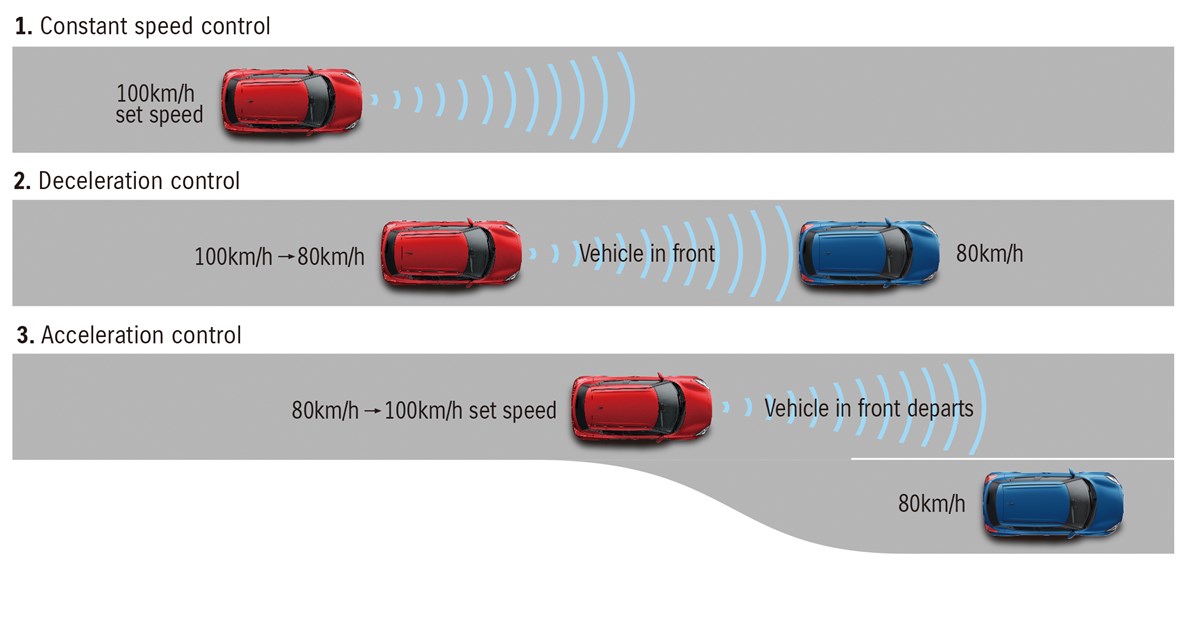 (Original Source)
(Original Source)
This feature automatically adjusts the vehicle’s speed to maintain a safe distance from the vehicle ahead, making highway driving more convenient and reducing the need for constant speed adjustments.
Lane Departure Warning (LDW)/Lane Keep Assist (LKA)
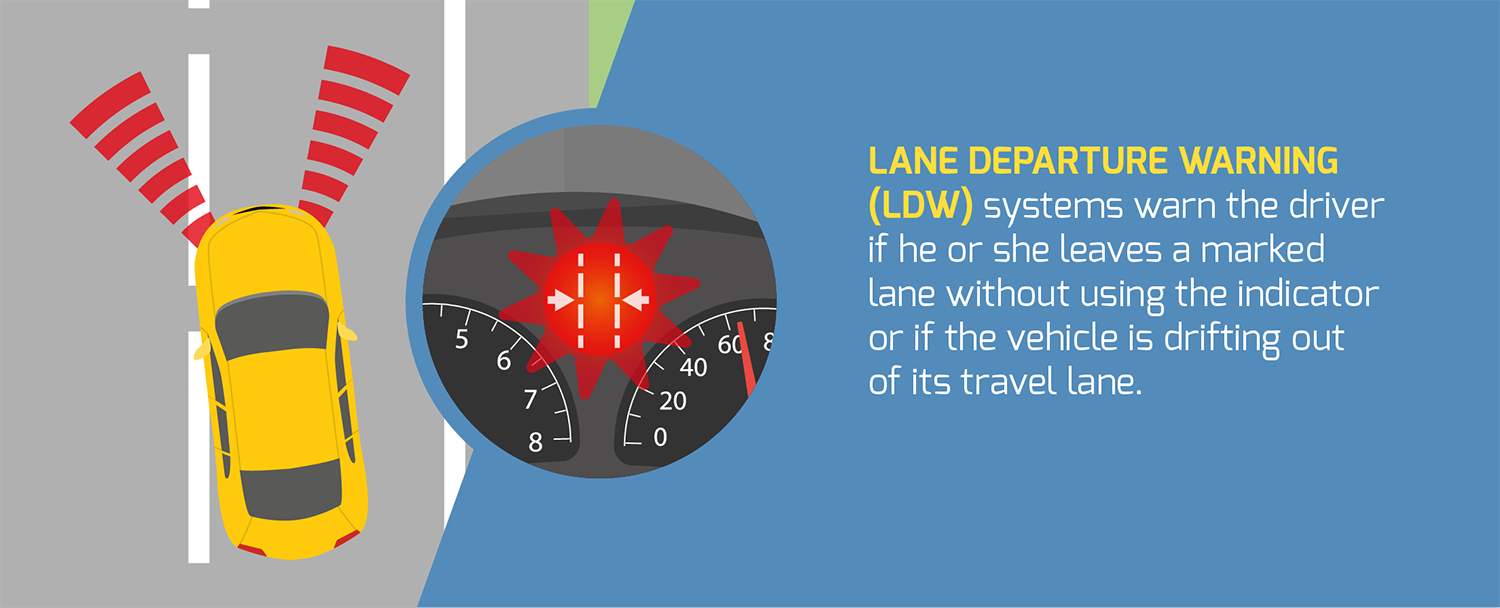 (Original Source)
(Original Source)
LDW alerts the driver if the vehicle unintentionally drifts out of the lane, while LKA helps steer the vehicle back into the lane to prevent potential collisions.
Forward Collision Warning (FCW)/Automatic Emergency Braking (AEB)
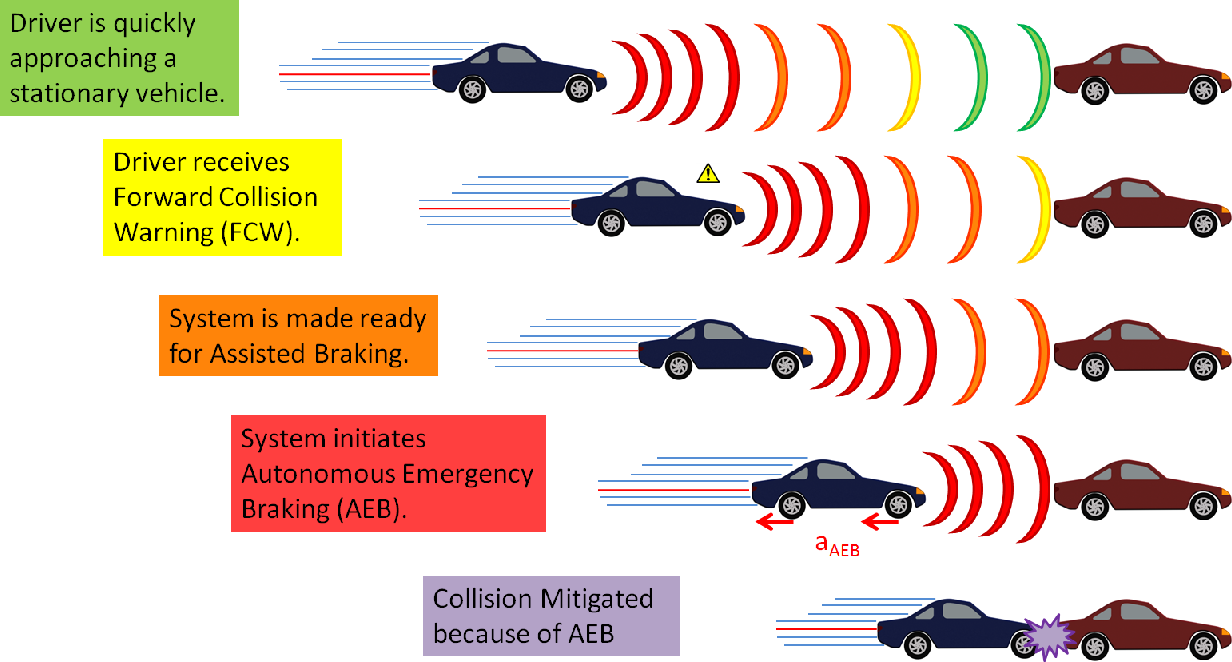 (Original Source)
(Original Source)
FCW uses sensors to detect potential frontal collisions and provides visual and audible warnings to the driver. AEB takes it a step further by automatically applying the brakes to mitigate or prevent a collision.
Blind Spot Detection (BSD)/Blind Spot Monitoring (BSM)
These systems use sensors to detect vehicles in the blind spot and provide visual or audible alerts to the driver, helping to prevent lane-change accidents.
Rearview Camera
This feature provides a clear view of the area behind the vehicle, aiding in parking, maneuvering, and avoiding obstacles.
Parking Sensors/Park Assist
Parking sensors use ultrasonic or radar technology to detect objects in the vehicle’s vicinity and provide proximity warnings. Park Assist takes it further by automatically steering the vehicle into a parking space.
Traffic Sign Recognition (TSR)
TSR uses cameras or sensors to read and display road signs, helping the driver stay aware of speed limits, no-entry signs, and other relevant traffic information.
Automatic High Beams
This feature detects oncoming or preceding vehicles and automatically switches between high and low beams, ensuring optimal visibility without dazzling other drivers.
Rear Cross-Traffic Alert (RCTA)
RCTA warns the driver if there is cross-traffic approaching from the sides when reversing, preventing potential collisions.
Driver Attention Monitoring
This system monitors driver behavior and alerts the driver if signs of drowsiness or distraction are detected, promoting safer driving practices.
Conclusion
It’s important to note that while these ADAS features can greatly enhance safety, they are not a substitute for attentive and responsible driving. The availability and functionality of these features can vary depending on the vehicle’s make, model, and trim level.

